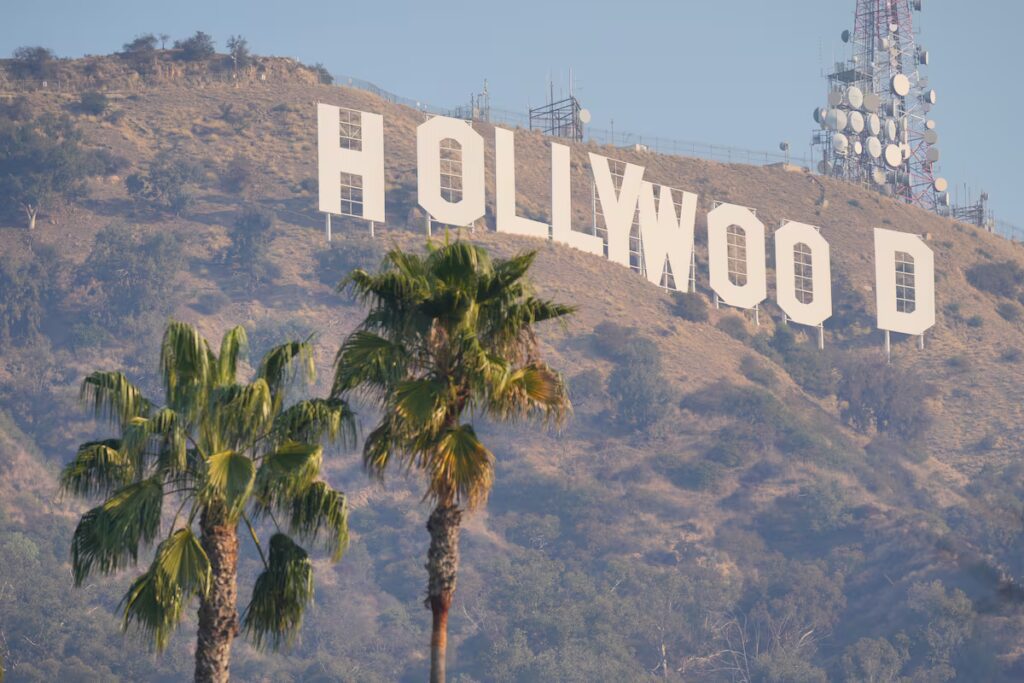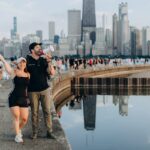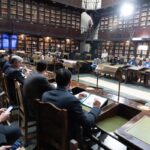Table of Contents
TogglePalm Trees in Los Angeles: A Paradigm of Beauty and Sustainability Issues
Los Angeles is famously depicted as a city brimming with palm trees—lines of palm-fringed streets, sun-kissed beaches, and luxurious hotels beneath their canopies. However, the reality of palm trees extends beyond aesthetics; these iconic trees present challenges in terms of shade, maintenance, and ecological sustainability. Amid the pressing realities of climate change, the long-term viability of palm trees in L.A. is under scrutiny.
Challenges of Palm Trees
Although palm trees have adapted to Southern California's mild climate, many are non-native species that were imported during the 19th and 20th centuries. This raises concerns about their longevity, as many trees are nearing the end of their lifespan. With approximately 1 million trees spread throughout the city, Los Angeles boasts the largest forest park of any U.S. city, though New York's forest is denser.
Future Plans for Tree Canopy
With the city set to host the 2028 Olympics and celebrate the 100th anniversary of the Oscars, a roadmap for urban greenery is in place. A report released in August 2021 outlined that a mere 20% of the shade from the city's trees is concentrated in just four neighborhoods. The goal is to increase shade coverage by 50% by 2028. This initiative is expected to involve community support and funding from municipal and private sources, emphasizing the need for large trees that provide ample canopies while largely excluding palms.
Investment in Urban Greenery
However, achieving these goals requires significant investment. Currently, Los Angeles invests the least in urban greenery compared to other U.S. cities, allocating just $6.3 per person annually for tree maintenance. In contrast, neighboring San Francisco spends $78 per person. Per tree, the annual investment in L.A. stands at only $27.
Maintenance Challenges
The maintenance of palm trees poses additional difficulties. They consume substantial amounts of water and can become problematic by attracting pests. Despite their aesthetic appeal, palm trees are susceptible to diseases and provide minimal shade. This striking beauty has led to their use in selling the California dream to migrants, particularly during the first Olympic Games in 1932, when countless palm trees were planted throughout the city.
Historical Context
One of the oldest palm trees, located in Exposition Park—site of the upcoming Olympic Games—has gained renown for its history and is pruned using cranes due to its size. In 2006, a fungal disease devastated many of the 18th-century imported Canary Island palms, resulting in significant losses, particularly in tourist-heavy areas like Beverly Hills and Melrose Avenue.
Emerging Discussions on Urban Forestry
In recent years, urban development has led to the uprooting of numerous trees, although the city has committed to planting two trees for every one removed. However, the shade provided by newly planted trees takes years to mature. The Urban Forestry Division's budget was also reduced by $1.1 million for 2024, further complicating tree conservation efforts.
Debate and Future Prospects
The conversation regarding the future of Los Angeles's trees is increasingly vibrant. Experts advocate for more sustainable species such as jacarandas, which bloom spectacularly in spring. Despite ongoing discussions, palm trees remain a prominent symbol in the sprawling landscape of Los Angeles, frequently showcased in both postcards and cinematic portrayals.










